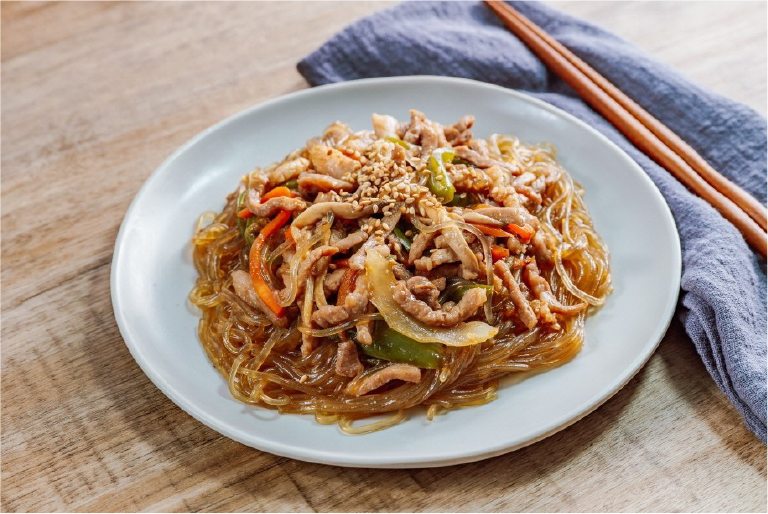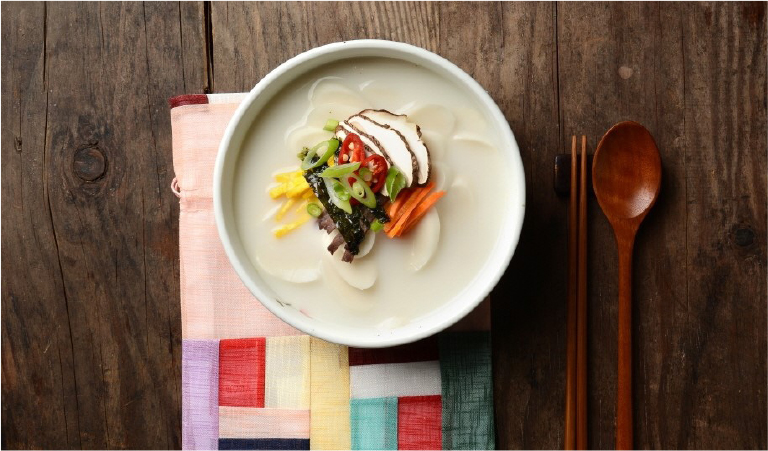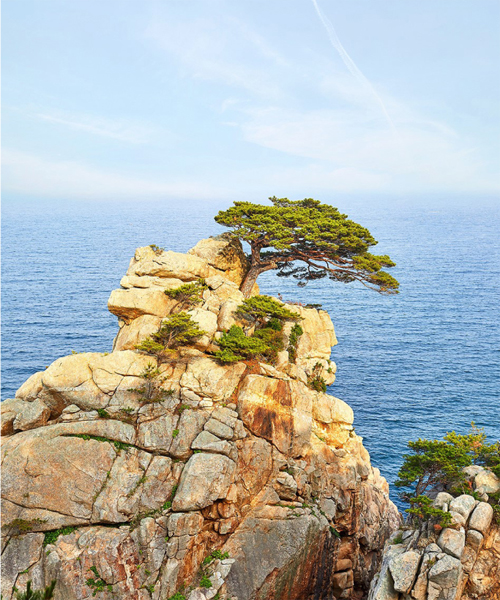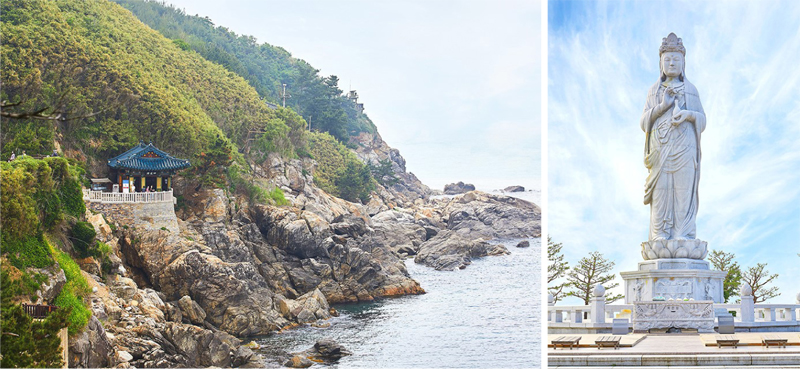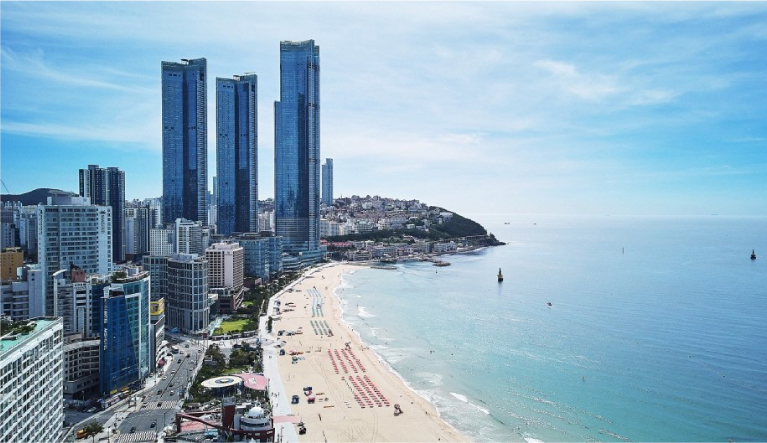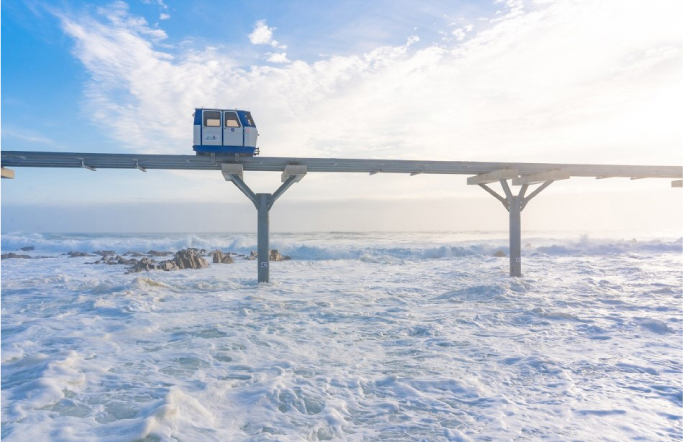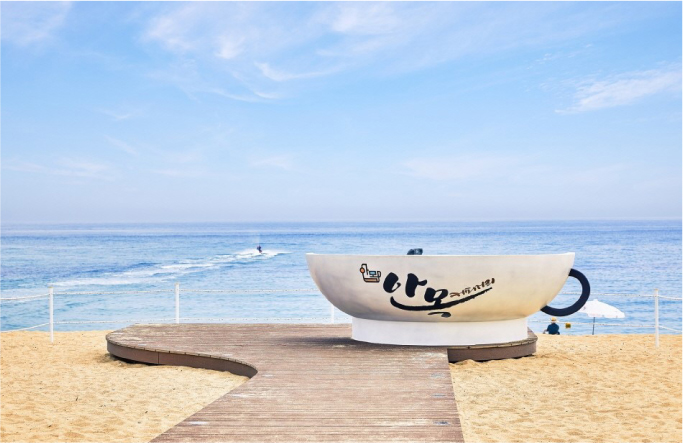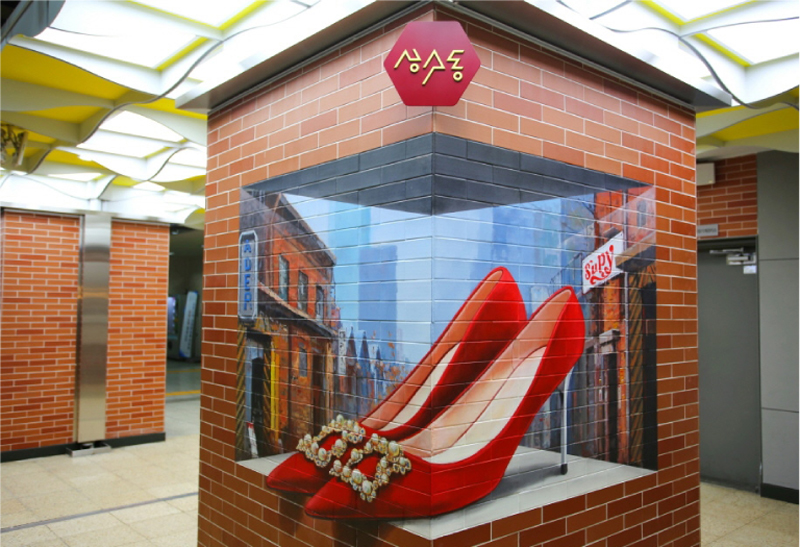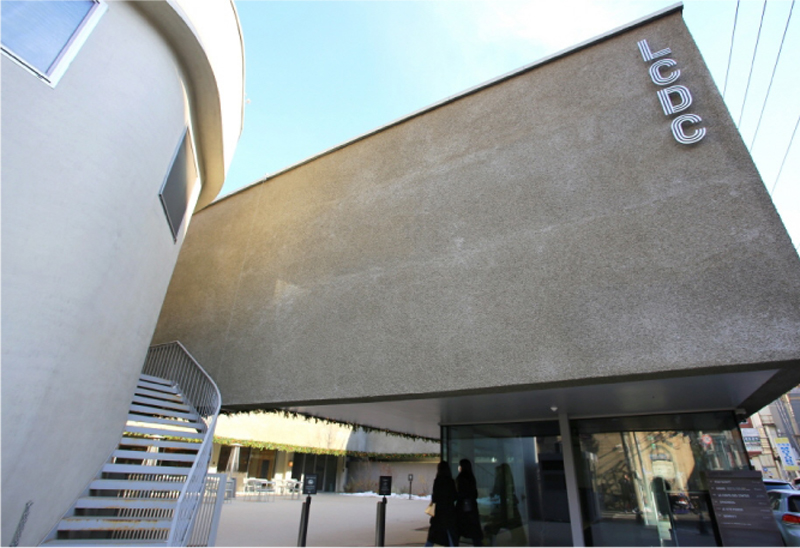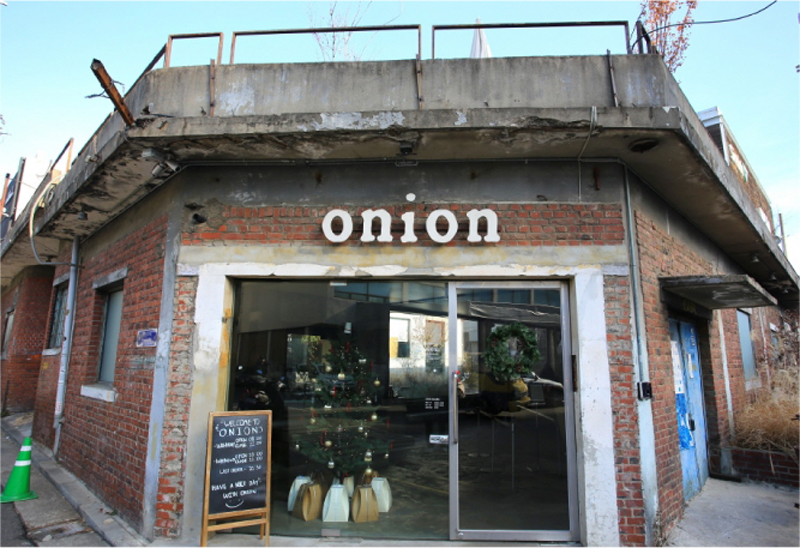In the Gwanghwamun Gate area, records of 600 years of history remain intact among the huge forests of buildings. In particular, it is fun to look around the palaces and compare their different attractions as the major palaces are located in close proximity. Follow the walls of Gyeongbokgung Palace through Gwanghwamun Gate to Deoksugung Palace to find the traces of the Joseon dynasty, and walk along the Deoksugung Stone Wall Street to the Seoul Museum of Art to view modern and contemporary times. Walk along a trail filled with the scent of culture at every step.
Gyeongbokgung Palace Becomes a Holy Place for Tourists in the Center of Hanyang
Gyeongbokgung Palace, which is the center of the Joseon dynasty in the past and is now firmly guarding the heart of Seoul, has various attractions. Upon entering the palace, you will encounter Geunjeongjeon Hall, where important ceremonies were held. Next, the history of the Joseon royal family is intact: Sajeongjeon Hall, where people discussed political affairs; Gangnyeongjeon Hall, the king’s bedroom; and Gyotaejeon Hall, the queen’s bedroom. Gyeonghoeru Pavilion, where banquets were held against the backdrop of a beautiful pond, and Hyangwonjeong Pavilion, located in Secret Garden, are special attractions.
The Palace Royal Guard Changing Ceremony, Gwanghwamun Gate Guard on Duty Ceremony, and Gatekeeper Military Training are also held every morning and afternoon, so it is crowded with tourists every day. In addition to this, depending on the season, you can enjoy various programs such as the Saenggwabang experience, night opening, special viewing of the Gyeonghoeru Pavilion, and starlight night tour.

Gwanghwamun Gate: The Gateway Connecting the Best Palace of Joseon and the Center of Seoul
If you walk along the walls of Gyeongbokgung Palace, you will reach Gwanghwamun Gate, the palace’s main gate where the king used to go in and out. Gwanghwamun Gate, the only one with the Gwolmun style among the five palaces of the Joseon dynasty, has a splendid and magnificent spirit.
Gwanghwamun Gate is the gatekeeper that protects Gyeongbokgung Palace and is also the Ojakgyo Bridge that connects tourists to the plaza. The scenery of the quiet palace and the modern architecture soaring high in the sky harmonize with each other, creating a unique atmosphere.
Gwanghwamun Gate, a meeting place for visitors traveling around and a starting or ending point for tourists, boasts a splendid figure and stands in the center of Seoul.

Gwanghwamun Plaza: A Leisurely Cultural Walk in the Center of Seoul
Gwanghwamun Plaza does not require a long explanation. It is the first place that comes to mind regarding an excellent place to walk and a rest area in Seoul. The plaza, a cultural plaza connecting the past and the future, is a comfortable haven for Koreans and foreign tourists.
Passing through the wide lawn (Yukjo Madang) that symbolizes Yukjo Street of major government offices in the Joseon dynasty, you can see the statue of King Sejong the Great, the symbol of Gwanghwamun Plaza. It is full of attractions, such as Norimadang, where various events are held, and the waterway of time that connects the past and the present. Also, it has various resting areas with forests and shade: the pine tree garden, Time Garden, the four season garden, the cultural shelter, Gwanghwamun Citizens Square, and Gwangjangsup.
In addition, for the convenience of visitors, there is an information desk, restrooms, a resting room for children, a nursing room, a vending machine, and a drinking fountain, so you can enjoy a pleasant walk.
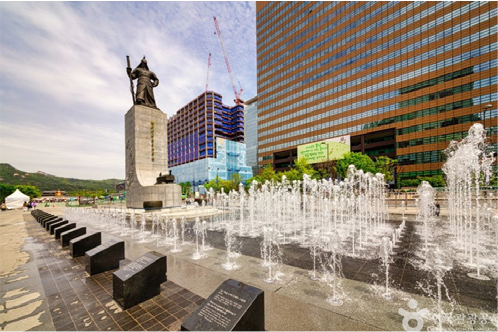
Deoksugung Palace: Emperor’s Palace with Fascinating Elegant Beauty
Deoksugung Palace contrasts with the splendor of Gyeongbokgung Palace. It’s not as splendid, but it’s full of elegant beauty. Walking a little outside Gwanghwamun Plaza, you can find Daehanmun Gate, the main gate of Deoksugung Palace, on your right. Modern Western-style buildings in harmony with the imperial palace of the Korean Empire come with a different attraction.
You can just walk through the quiet Deoksugung Palace, but it is also good to make a reservation for Seokjojeon Hall when you stop by. Seokjojeon Hall, which follows the neoclassical style of the 19th century, is a place where foreign envoys were received, and the interior is decorated with a Rococo style. The building consists of three floors, from the ground to the second floor. After restoration work in 2009, Seokjojeon Daehan Empire History Museum was opened in 2014 and continues to this day.
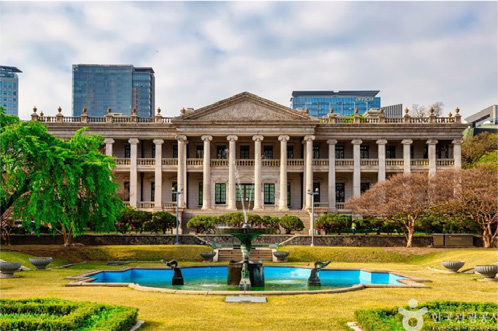
Deoksugung Stone Wall Street: The Romantic Place of Street Artists
There was once a myth that couples would break up if they walked along Deoksugung Stone Wall Street. This is because if you walked the street in the past, you would have reached the Seoul Family Court. This superstition was handed down because it was a path that couples who were going to divorce inevitably had to walk, but the superstition has disappeared into history.
Deoksugung Stone Wall Street is a street that runs along the wall of Deoksugung Palace for about 1 km. It has been transformed into a street of culture and art with a calm and romantic atmosphere. A street painter with an easel on one side of the winding stone wall street, a musician who plays passionately regardless of people passing by, and a magician who bring fantasy into reality for a short time are some of the you can see along the stone wall street of Deoksugung Palace.
Mixing in with the crowds of people watching and savoring the scent of art, walking along the street, immersed in the music behind you, you will feel like you have become a street artist.

Seoul Museum of Art: Cultural History and Art Connected like a Trail
The romance of Deoksugung Stone Wall Street leads to the Seoul Museum of Art. Located on one side of Jeongdong Street, the Seoul Museum of Art exudes a noble and elegant atmosphere. This is because a modern building was built while preserving the front of the Supreme Court building, which was built in a Renaissance style in the past.
The unique atmosphere of the building, the photo zone located at the museum’s entrance, and the artistic trails makes it even easier to take pictures. When the weather is good, many photographers can been seen in the area.
The reason why this place is enjoyable is that there is always free exhibitions. In addition, special exhibitions considering both professionalism and popularity are also presented, so it is like “Killing two birds with one stone” because you can enjoy the artwork while going on a walk. The Seoul Museum of Art’s “Docent” app is good to use when appreciating art the exhibition commentary.
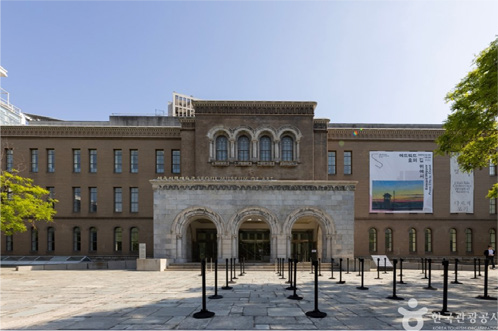
1330 Korea Travel Hotline: +82-1330 (Korean, English, Japanese, Chinese, Russian, Vietnamese, Thai, Malay)
korean-electronics.com | Blog Magazine of korean electronics, brands and Goods













